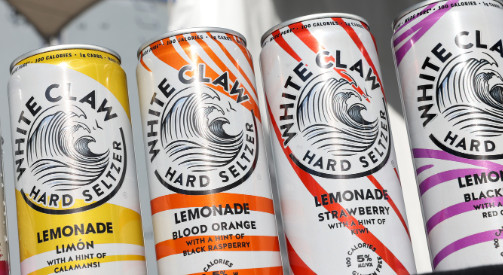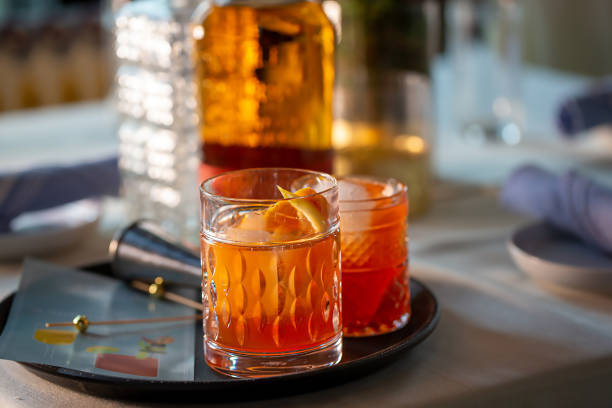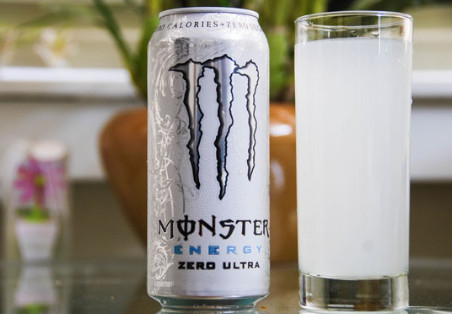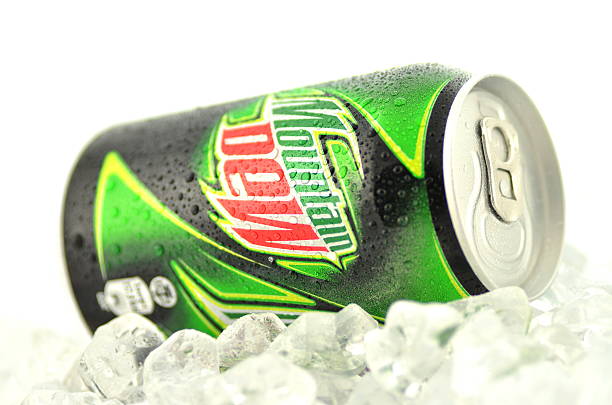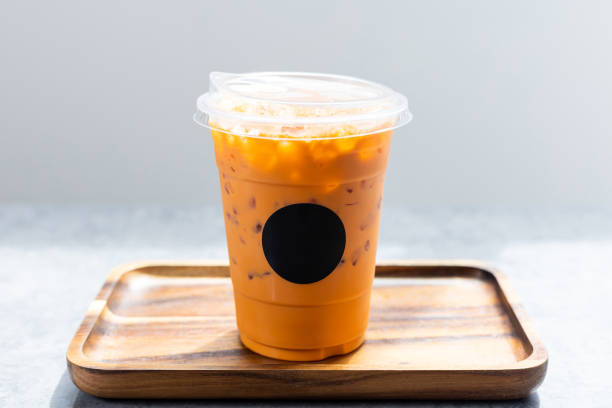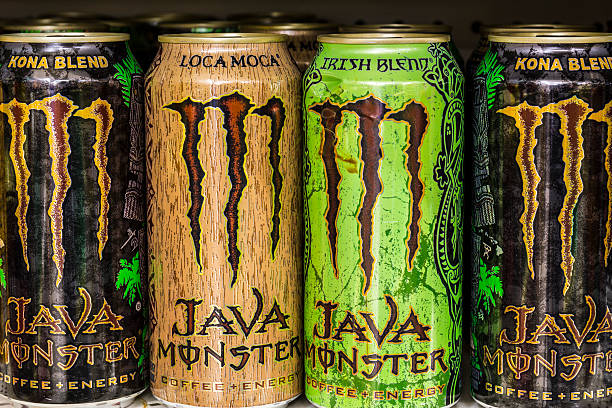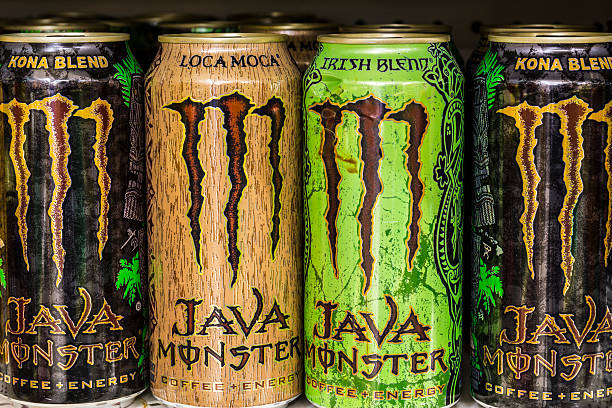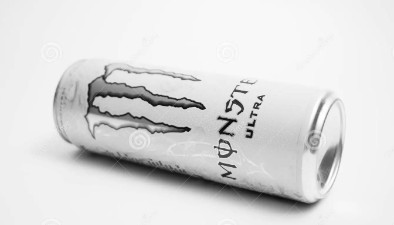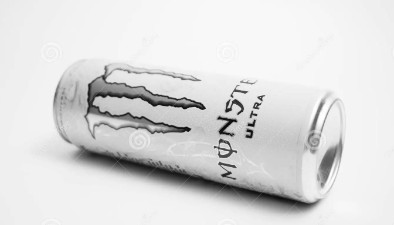Ever wondered What does gin taste like? It’s a spirit with a mysterious reputation, sometimes seen as an acquired taste. But don’t be fooled! Gin can be surprisingly delicious, with a unique flavor profile that might just surprise you. In this guide, we’ll break down exactly what gin tastes like, from its main botanical ingredients to the different flavor variations you might encounter. So, whether you’re a gin curious beginner or a seasoned cocktail enthusiast, get ready to dive into the world of gin.
Overview Of Gin As A Spirit

Overview Of Gin As A Spirit
Gin is relatively low in sugar and considers a dry spirit. It typically contains 37-50% alcohol by volume (ABV). Gin has a more complex flavor profile compared to vodka since it gains robust aromas and tastes from juniper and other botanical ingredients.
While gin has been made for centuries, it surged in popularity in London in the early 1700s. Modern gins originated in Britain, but excellent gins are now crafted worldwide. Historical cocktail classics like the Martini and Gin and Tonic also boosted gin’s fame.
Gin’s essence comes from the juniper plant, but its endless taste variations arise from diverse botanicals and production methods. By exploring gins from different regions and brands, anyone can find their perfect gin match!
Flavor Profile Of Gin
Juniper berries have an assertive, pine-like taste with hints of citrus and spice. Their flavor profile lends gin its signature taste.
| Type of Flavor | Description |
|---|---|
| Piney | Juniper has an evergreen flavor like pine trees. It tastes fresh, resinous, and slightly woody. |
| Citrusy | Bright, zesty notes of lemon and lime. |
| Spicy | Warming pepper and clove flavors. |
| Bittersweet | Subtle bitter tones that contrast with gin’s sweetness. |
No other main spirit contains juniper. Without juniper berries, a spirit can’t legally be called gin. Juniper must be the dominant taste, while other botanicals play supporting roles.
Botanical Diversity and Flavor Profiles
In addition to juniper, gins incorporate various herbs, fruits, roots, and spices. The specific botanical ingredients differ widely between brands.
Popular gin botanicals include:
- Citrus peels – lemon, orange, grapefruit, lime – add tart, tangy flavors
- Coriander seed – provides warm, spicy, and sweet flavors
- Angelica root – earthy with hints of celery and licorice
- Orris root – contributes violet and woodsy notes
- Cinnamon – warm with subtle spice
- Licorice – supplies sweetness
The number and proportions of ingredients create unique flavor profiles for each gin. Distillers tweak their botanical blends like recipes, but keep juniper front and center.
Distillation and Its Influence on Flavor
Distillation concentrates flavors by vaporizing and condensing the liquid. Gin can be distilled multiple times in copper pots or continuously in columns.
| Method | Flavor Impact | Examples |
|---|---|---|
| Pot still | Richer, fuller body | Small batch craft gins |
| Column still | Crisper, cleaner taste | Commercial gins |
ABV and cuts during distillation also affect flavor. A higher ABV gives stronger juniper punch. Distillers make cuts to fine tune the spirit’s profile.
Regional Variations and Historical Context
Gins take on regional characteristics based on local botanicals and water sources. Here are a few gin styles that reflect their origins:
- Plymouth Gin – England – more earthy and less dry than London Dry
- Genever – Belgium/Netherlands – maltier and fuller-bodied
- Old Tom – Sweetened gins originated in England but popularized in USA
Gin evolved from medicinal origins centuries ago in Europe. Juniper was considered healthful. Gin eventually gained widespread popularity in England as a recreational drink and mainstay of pubs.
Brand and Production Variations

Brand and Production Variations
Hundreds of gins exist today. Brands vary from global bestsellers to small batch craft distilleries. Big producers like Tanqueray and Bombay Sapphire offer affordable, consistent gin tastes. Craft gins tend to be more experimental with bolder botanical choices.
| Brand Examples | Style Notes |
|---|---|
| Tanqueray | Classic London Dry |
| Hendrick’s | Uses cucumber and rose as unique botanicals |
| Plymouth | Geographical indication for a drier, earthy gin style |
| Aviation | American gin with lavender, cardamom, and other botanicals |
No single gin fits every occasion or palate. Part of the fun is discovering diverse flavor profiles.
Tasting Gin
Tasting gin “neat” best captures its aromas and flavors. Follow these tips:
- Pour a modest quantity at room temperature into a tasting glass.
- Observe its crystal clear color.
- Swirl to aerate and release botanical aromas.
- Smell the juniper and citrus notes.
- Sip to let the flavors develop across your palate.
- Savor the botanical complexity and flavors.
Describing your impressions helps identify favorable gin styles. Detecting flavors like pine, pepper, floral, citrus, spice, malt, and licorice notes is key.
Serving and Pairing Gin

Serving and Pairing Gin
Serving gin chilled, diluted, or in cocktails balances the concentrated flavors.
- On the rocks – pour over ice. The coldness and dilution bring balance.
- With tonic or soda – a classic combination that lets the gin shine.
- Martinis – elegant cocktails that showcase gin’s botanicals.
- Gin and juice – refreshing summer drinks like gin and lemonade.
For pairings, think about complementary flavors. Bright, citrusy gins suit seafood and herb accents. Spicy gins match bold cuisines. The piney taste pairs with roasted veggies or rosemary.
Conclusion: What does gin taste like
With its piney juniper taste and diverse botanical ingredients, gin offers a complex spirit unmatched in versatility. Its distinctive flavor profile makes gin ideal for craft cocktails or sipping straight. Exploring all the regional, historical, and brand variations allows anyone to discover their perfect gin. Next time you sip this aromatic spirit, savor the nuanced journey of flavors. Cheers!





